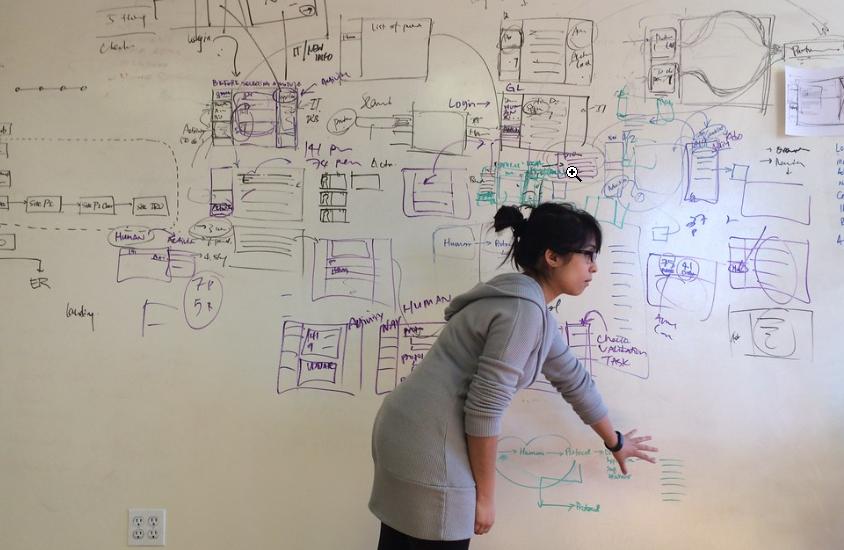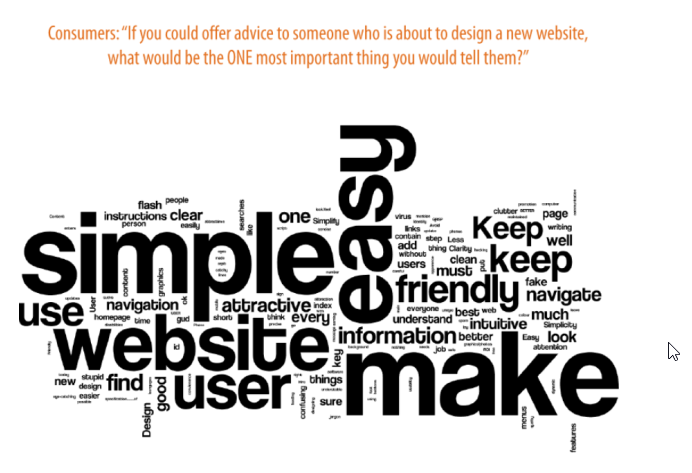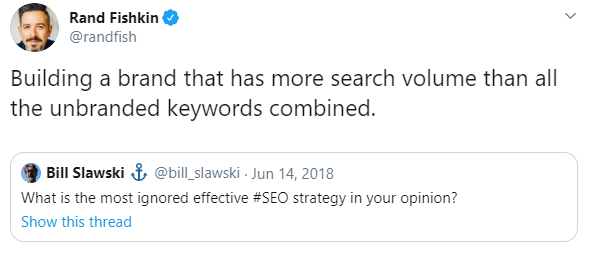“We’ll get to those ideas post launch”

I’ve been seeing a pattern of misuse of the phrase “Improving UX” as a PowerPoint buzzword to justify unecessary, budget-draining reboots of decent websites. It is my hypothesis that this happens because teams or leadership need to ‘scratch an internal itch” for a new website. New websites give you something tangible to report on that your team can see, right now, on their phone, with little explanation.
When a new website is discussed, most competent SEOs will immediately offer up some of the critical properties the new site needs to have to support their efforts. If they know their stuff, the focus is on performance, crawl-ability, structured data, extensive content development initiatives. We explain about what is needed to make link building easier and user behavioral signals, such as dwell time, more favorable. But if the new website design process gets momentum SEO’s will soon feel like the nerd asking if the fire extinguishers have been inspected during an epic party. Meetings will happen without them (I’ve even been told to stop interrupting progress before) yet the expectations for ranking the new site will be unchanged.
Consider these questions if you’re in this scenario:
- Who made the decision to divert marketing budgets to design and away from content, and why?
- Are they being held accountable for the SEO opportunity costs of “less visibility but a shiny new site” or the added costs of buying traffic?
- Is there any actual measurement and accountability to business metrics improvements resulting from the redesign?
- Does the executive team have a firm understanding of the terms “UX” and “brand” – from the user point of view?
- Have those fire extinguishers had the proper inspection?

I’m currently reviewing some websites for a new project from an SEO-out point of view as usual. There is one site among the five being reviewed that has an average UX built years ago, but hosts incredible content aligned directly with search patterns. The mobile experience is okay, not stellar, but the simplicity makes it 20% faster than the second closest competitor. The content is easy to find, well organized, and crafted in Q&A format. The faster site is dominating search and the other competitors are all spending thousands on PPC.
Stick to boring. Fight the urge to get creative. If you want your product to stand out above the rest, then be average with your design. The only way to truly stand out is to go above and beyond for your user. Use your creative energy to focus on solving their problems better than anyone else can.
If it doesn’t aid your user in solving their problem, then it’s just resistance.
Nick Rollins in UX Engineer
Google Cares about What Users Demonstrate They Want

Users just want fast sites that give them answers. That’s pretty much it. They may appreciate attractive design, also, but if you are not offering them what they want in the content realm, you will likely never get to show off the new site anyway.
It’s going to come from the rewards Google bestows on fast sites with behavioral signals of happy users – fast performance, consistently impressive dwell time and high click through rates. As you do unlock these achievements, your brand becomes associated with great answers both users and Google can trust. Google’s neural networks lock into your brand as being known for the topics your customers are seeking knowledge for, and you become a very safe bet for Google to feature.
Let there be no doubt. The key to SEO success in the coming decade is going to center on brand authority, speed and repeatable behavioral signals of delight. It’s going to come from delighting users by solving their problems and making them into heroes.








I’ve often experienced client management changes, which then result in a web design refresh which doesn’t then fit with the SEO work being undertaken on behalf of the client. I’ve even seen pages removed and renamed without discussion. Often this then leads to real problems all around.
Keeping good communication going through any transistion period is key for me.